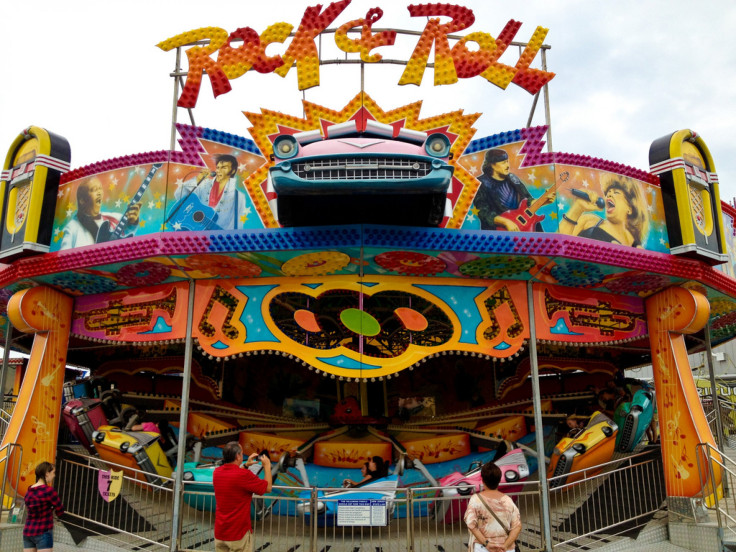Memorial Day Theme Park Visitors: Here’s How Safe Those Rides Are

Memorial Day marks the traditional start of the summer vacation season, and for many American families that means one thing: theme parks. The main attractions for most kids, of course, are the thrill rides, which offer a dash of danger mixed with a full serving of safety -- at least, that’s what we’re led to believe. But a sweeping study out this month, published in the journal Clinical Pediatrics, delivers a whopper of a surprise: More than 4,400 children across America are injured each year on amusement park, carnival and arcade rides.
Lead author Dr. Gary Smith and his team at the Center of Injury Research and Policy at Nationwide Children’s Hospital in Columbus, Ohio, studied pediatric amusement-ride injury data collected from U.S. emergency departments by the National Electronic Injury Surveillance System between 1990 and 2010 and found that nearly 93,000 children under 18 were injured and treated at emergency rooms during that time. Roughly 70 percent of the injuries occurred in the warm spring and summer months of May through September, equating to about 20 injuries per day during these months.
Smith and his team looked at rides like roller coasters, merry-go-rounds, bumper cars, log flumes and mini-trains, but excluded things like bouncy inflatables, ball pits or slides. In total, attractions at theme parks and amusement parks with fixed-site rides accounted for a third of the injuries, or 34 percent. Some 29 percent happened at carnivals, festivals and temporary locations, and 12 percent took place at malls or arcades. A quarter of the cases did not have enough information to be categorized.
Though carnival rides often carry a bad reputation for safety, Smith said standards at traditional theme parks are more troubling because they vary across the country. “Although the U.S. Consumer Product Safety Commission has jurisdiction over mobile rides, regulation of fixed-site rides is currently left to state or local governments, leading to a fragmented system,” he noted. “A coordinated national system would help us prevent amusement ride-related injuries through better injury surveillance and more consistent enforcement of standards.”
The first-of-its-kind study also highlighted how injuries on “mall rides” differed from those on fixed-site and mobile rides. The vast majority of children hurt on these rides suffered from head, neck or face injuries caused from falling in, off or against the ride. Many “mall rides” do not have child restraints, which the researchers said contributed to a higher injury risk for young children.
“Injuries from smaller amusement rides located in malls, stores, restaurants and arcades are typically given less attention by legal and public health professionals than injuries from larger amusement park rides, yet our study showed that in the U.S. a child is treated in an emergency department, on average, every day for an injury from an amusement ride located in a mall, store, restaurant or arcade,” said Smith, who is also a professor of pediatrics at the Ohio State University College of Medicine. “We need to raise awareness of this issue and determine the best way to prevent injuries from these types of rides.”
Across all attractions studied, neck and head injuries were the most frequent at 28 percent, followed by the arms (24 percent), face (18 percent) and legs (17 percent). Soft tissue injuries (29 percent) were the most common, followed by strains and sprains (21 percent), cuts (20 percent) and broken bones (10 percent). Despite the high level of injuries each year, Smith said the overall percentage of injuries requiring hospitalization or observation was low, suggesting that serious injuries were rare.
The Center of Injury Research and Policy at Nationwide Children’s Hospital offers these tips for keeping children safe on amusement rides this Memorial Day weekend:
1) Always follow all posted height, age, weight and health restrictions.
2) Make sure to follow any special seating order and/or loading instructions.
3) Always use safety equipment such as seat belts and safety bars.
4) Keep your hands and feet inside the ride at all times.
5) Know your child. If you don’t think he/she will be able to follow the rules, keep him/her off the ride.
6) Trust your instincts. If you are worried about the safety of the ride, choose a different activity.
7) Avoid “mall rides” if they are over a hard, unpadded surface or if they don’t have a child restraint such as a seat belt.
© Copyright IBTimes 2024. All rights reserved.





















